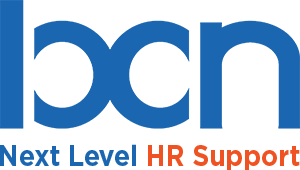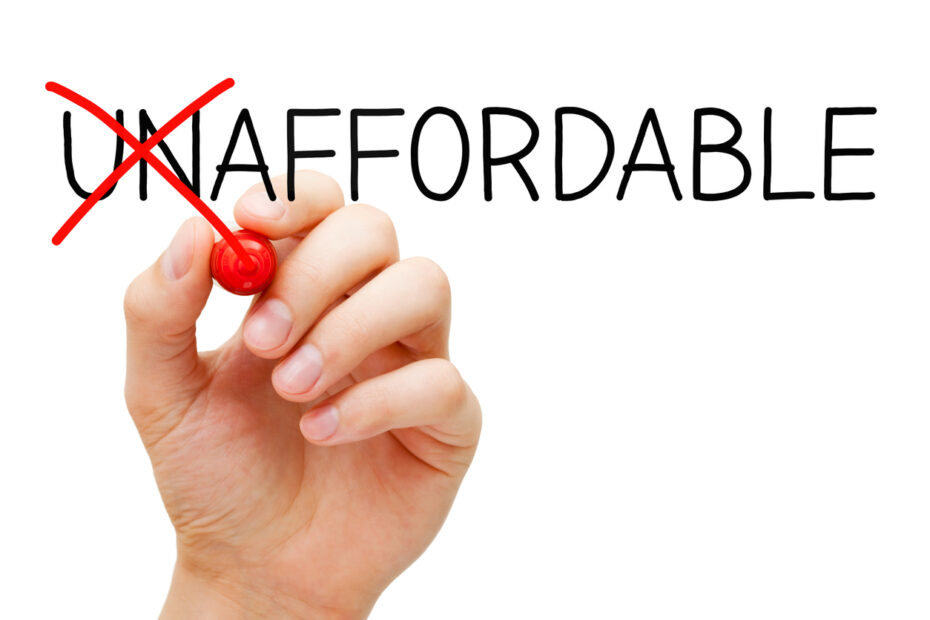As healthcare costs continue to rise, it’s becoming prohibitively expensive for many smaller employers to offer health insurance at all, let alone offer a decent plan. Annual premiums for single employees average between $6,000 and $8,000 depending on the state. This leaves small employers unable to attract the talent they need and compete with larger firms. It can also affect retention; without good health insurance, a life event can leave an employee unable to afford to keep working for you.
There are several factors that result in high health insurance costs, but most of these can be mitigated by working with a Professional Employer Organization.
What Makes Health Insurance Expensive?
Healthcare pricing is set by insurers and the government based on certain factors. The Affordable Care Act (ACA) marketplace offers a number of plans that have set rates, although these rates can still change, especially if your company makes a claim. The factors that affect cost are:
- Employee age. This can become a major problem if you have older employees, but the Age Discrimination in Employment Act forbids age discrimination, and many older people are great employees that you want to keep until they choose to retire. The ACA allows insurers to charge older employees up to three times what they charge a 21-year-old. This age-banding goes away if you have more than 35 employers.
- Number of employees. The more employees you have, the lower you pay for each one.
- Business location. Premiums generally vary by state. This can become complicated if you have employees in more than one state, which can easily happen if your location is close to a state border. Relocating your business to get better health insurance rates is generally prohibitive.
- Tobacco use. If your employees use tobacco, premiums will go up, but banning hiring smokers is hard. While smokers are not a protected class, the law in 29 states and the District of Columbia prevents discrimination based on lawful, off-duty conduct. (You can, however, ban smoking in the workplace itself). Some states disallow raising premiums for tobacco use, but in most states this is perfectly legal.
- Plan category. The ACA tiers health plans into Bronze, Silver, Gold, Platinum, and Catastrophic. If you only offer a Bronze plan, your employees will have to pay for most routine care themselves. (Catastrophic plans are available only to a small number of workers).
The only factor you can really control is plan category, but offering a lower plan category makes you less competitive and less able to find the talent you need.
Where Can You Find More Affordable Health Insurance?
It’s a common myth that shopping around will help you get better premiums. Working with a broker, agent, or directly with the carrier makes no difference to your rates, especially for marketplace plans. Because premiums for these plans are regulated, a carrier can’t give you a better deal just because you work with them directly.
You can sometimes lower your costs on renewal by having an employee wellness program that helps your employees stay healthy and make fewer claims, and it’s worth talking to your insurance company about things that would lower your rates. But in most cases the only way to lower costs is to lower coverage, which reduces the talent you can attract.
Thankfully, there is an alternative. That alternative is to work with a Professional Employer Organization (PEO) to lower your rates and also improve your overall HR services.
What is a PEO?
A PEO is a comprehensive HR outsourcing solution that, on average, offers a positive ROI. In addition to managing your health insurance, a PEO can handle payroll and compliance issues, manage other benefits, and even help with employee safety programs. They can help with hiring and recruiting, performance management, and required record keeping. In most cases, they work with your existing HR team to offer better service to your employees and allow you to provide benefits that you would not otherwise be able to afford.
How do PEOs Provide Better Rates on Health Insurance?
PEOs operate using an arrangement called “co-employment.” This means that the PEO becomes the employer-of-record for your employees (but you retain control over working conditions, compensation, etc). As employer-of-record, the PEO handles things like payroll tax remittance.
It also gives your employees access to the PEO’s master health plan. Because they are pooling together the employees of a number of small companies, the effective number of employees in the plan goes up dramatically. Individual premiums then go down, and the effect of a claim is also reduced substantially.
The PEO can negotiate composite rated rates for single, two-person, and family coverage with the best carriers and eliminate age-banded programs that can send premiums skyrocketing. The group buying power stabilizes your costs and allows you to offer Fortune 500 coverage at Fortune 500 prices. The same economy of scale can make it possible to offer dental and vision insurance, life insurance, and other benefits normally out of the reach of small businesses.
It is cost-prohibitive for most small- and medium-sized businesses to offer the kind of high-quality health insurance that attracts talent. PEOs can use their buying power to make costs much more affordable and allow you to deliver the benefits your employees deserve.

